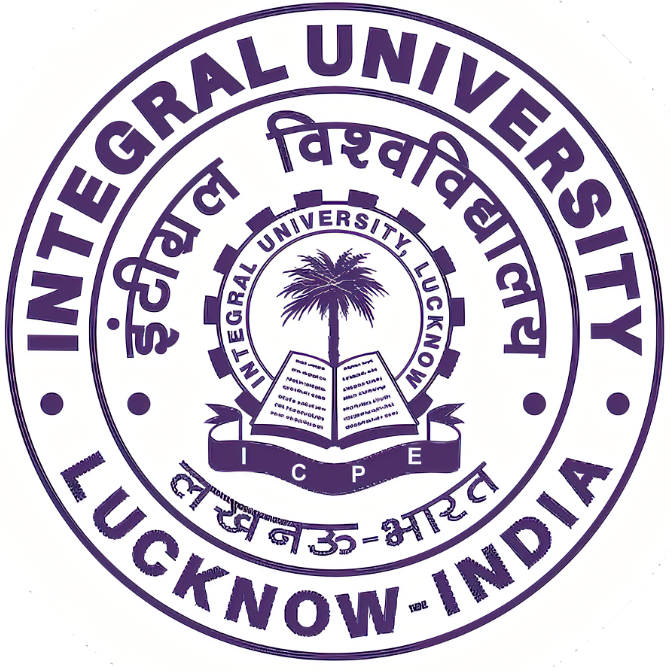
Communities in DSpace
Select a community to browse its collections.
Recent Submissions
Herbal Drug Technology
(Ideal Publication, 2025) Sadaf Hashmi, Abdul Baseer Khan, Zahid Hussain, Shahrukh Khan.
Sustainable Educational Practices: Reimagining Learning for a Resilient Future
(Book Rivers, 2025) Priyanshi Gupta
In an era marked by ecological crises, social fragmentation, and rapid technological shifts, sustainable educational practices have emerged as a crucial paradigm for transforming the educational landscape. These practices aim to cultivate long-term, equitable, and ecologically conscious learning environments that promote critical thinking, inclusivity, and global responsibility. Rooted in the broader context of the Sustainable Development Goals (SDGs), particularly SDG 4 (quality education), sustainable education fosters the development of learners who are prepared to tackle complex global challenges while contributing positively to their communities. This paper explores the theoretical underpinnings, core components, policy linkages, pedagogical innovations, and real-world applications of sustainable educational practices. Drawing on global examples and national frameworks such as India's National Education Policy (NEP) 2020, the paper highlights how institutions can embrace sustainability through curriculum reform, teacher empowerment, infrastructural development, and community engagement. It also examines the challenges to sustainability in education, such as socio-economic disparities, digital divides, policy-practice gaps, and resource constraints. The study concludes that reorienting education around the principles of sustainability is not just an ethical imperative but a strategic necessity for shaping a more resilient, equitable, and inclusive future.
Ai Technologies For Pollution Detection and Remediation Efforts
(Book Rivers, 2025) Aqeel Ahmad Khan, Uzma
The escalating challenges of environmental pollution demand innovative and sustainable solutions beyond traditional monitoring and remediation methods. Artificial Intelligence (AI) technologies have emerged as transformative tools in detecting, predicting, and mitigating pollution across air, water, and soil ecosystems. By leveraging advanced algorithms, machine learning models, and sensor-based data integration, AI enables real time monitoring, precise source identification, and predictive analytics for environmental risks. Moreover, AI-powered robotics and autonomous systems are increasingly being deployed in pollution remediation efforts, such as waste segregation, water purification, and soil restoration. This paper critically examines the role of AI in environmental protection, highlighting its applications in pollution detection and remediation. It also explores case studies, opportunities, and ethical challenges associated with deploying AI- driven solutions. The findings suggest that while AI offers significant potential to revolutionize environmental management, its effective implementation requires robust infrastructure, interdisciplinary collaboration, and responsible governance frameworks.
Corporate Social Responsibility and Sustainable development: Management Approaches
(Bharti Publications, 2024) Shreyanshu Singh, Usman Ghani, Pranati Mishra, Pratibha Yadav, Ankita
Role of Corporate Social Responsibility in Startup Growth and Sustainability in India.
(Bharti Publications, 2024) Usman Ghani, Vibha Singh
India has seen a significant increase in the value of companies through shared values and professionals, leading to increased investment and accountability. Corporate social responsibility (CSR) initiatives have been instrumental in addressing stakeholder needs while addressing the environmental, social, fiscal, and economic impacts of a corporate strategy. These initiatives have resulted in improved brand image and high levels of customer loyalty.
The concept of CSR in India has not been recent, but the industrial sector has improved, new CSR laws and regulations have been introduced, and the terminology known as CSR has been established in business beliefs. The Companies Act 2013 mandates companies with a net worth of rupees five hundred crore or more, turnover of rupees one thousand crore or more, or net profit of rupees five crore or more during a financial year to spend at least two percent of the average net profits of the last three financial years on CSR activities.
However, SMEs/Startups are less willing to spend their valuable resources on CSR activities due to the stringency of compliance and their primary objective of business expansion. Access to capital is another challenge faced by social enterprises, with non-banking financial corporations discriminating against micro, small, and medium social enterprises due to a lack of audited accounts and collateral. CSR is a means to give resources to projects or
